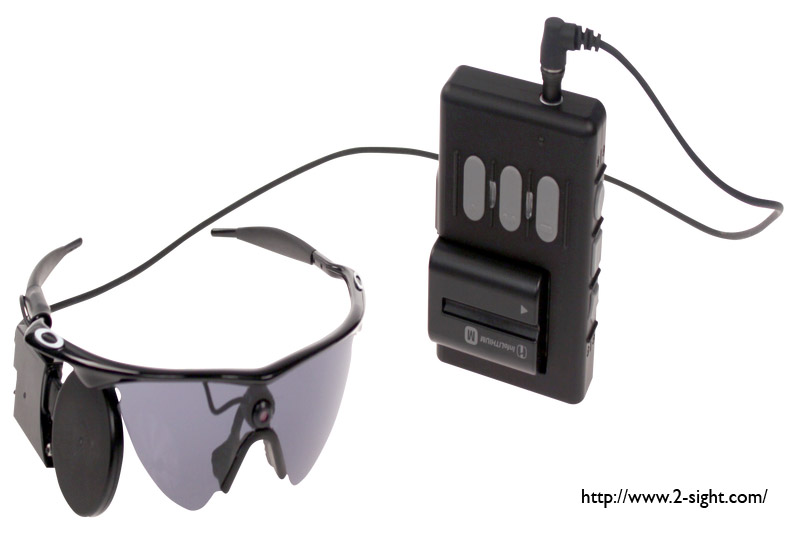These devices are a major breakthrough because they made it possible to make some people with unbearable diseases see for the first time in history. Of course, it should be emphasized that the vision that can be obtained at this time is very modest: contours and silhouettes are visible, but even such vision enables a blind person more secure movement.
In the past decade, great progress has been made in the treatment of retinal disease , the delicate "film canvas" that draws the inside of our eye and sends a picture to brain with visual nerve. I just came back from the annual meeting of the American Association of Retinal Specialists held in San Francisco. I had a pleasure of talking to Dr. Mark Hamayun, who has just become president of the association. Dr. Hamayun has constructed the first "electronic chip" or electronic retina that is embedded to people who have lost sight due to hereditary retinopathy pigmentosa’s.
In this disease, the centre of vision in the brain and the visual nerve are preserved, but the retina has lost its function because photoreceptors have failed. In normal circumstances, photoreceptors are light-sensitive cells that produce electrical signals when they are illuminated and stimulate nervous nodes on which they lie.
The electronic chip is embedded in eye background and invokes the nerve threads of the eye nerve instead of photoreceptors that have been destroyed by the disease. Small electric diodes generate electric current. Depending on which diodes are stimulated, the shape and the contour is created and transferred to the brain because the nerve threads are organised so that each thread transfers a certain point of the image.
An electronic chip can be stimulated in two ways. Direct stimulation is achieved by invoking a direct image that enters the eye and falls on photosensitive diodes. Indirect way of stimulation can be achieved by wearing glasses in which the camera is installed. The picture from the camera is wirelessly transmitted to a chip which stimulates nerve threads through electric diodes. The direct mode is more natural but requires complete translucency of the cornea and lenses to cause the image to stimulate the diodes. In the indirect mode, transparency isn’t important because the image is created by the camera. For the time being, only the use of an indirect chip named Argus II is approved.
These devices are a major breakthrough because they made it possible to make some people with unbearable diseases see for the first time in history. Of course, it should be emphasized that the vision that can be obtained at this time is very modest: contours and silhouettes are visible, but even such vision enables a blind person more secure movement.
It should also be noted that this device is currently being installed only to persons who have lost sight of retinopathy of pigmentosa. It is still not possible to install this device to people who have been affected by the ocular nerve damage because the image needs to be transferred to the vision centre in brain. The device that would directly stimulate centre in brain is being worked on to span the sick nerve.
Currently, this chip is installed in only a few countries around the world, and the device is quite expensive and stands at about 120,000 US dollars.
doc. dr. sc. Ratimir Lazić, Head of the Retinal Department



